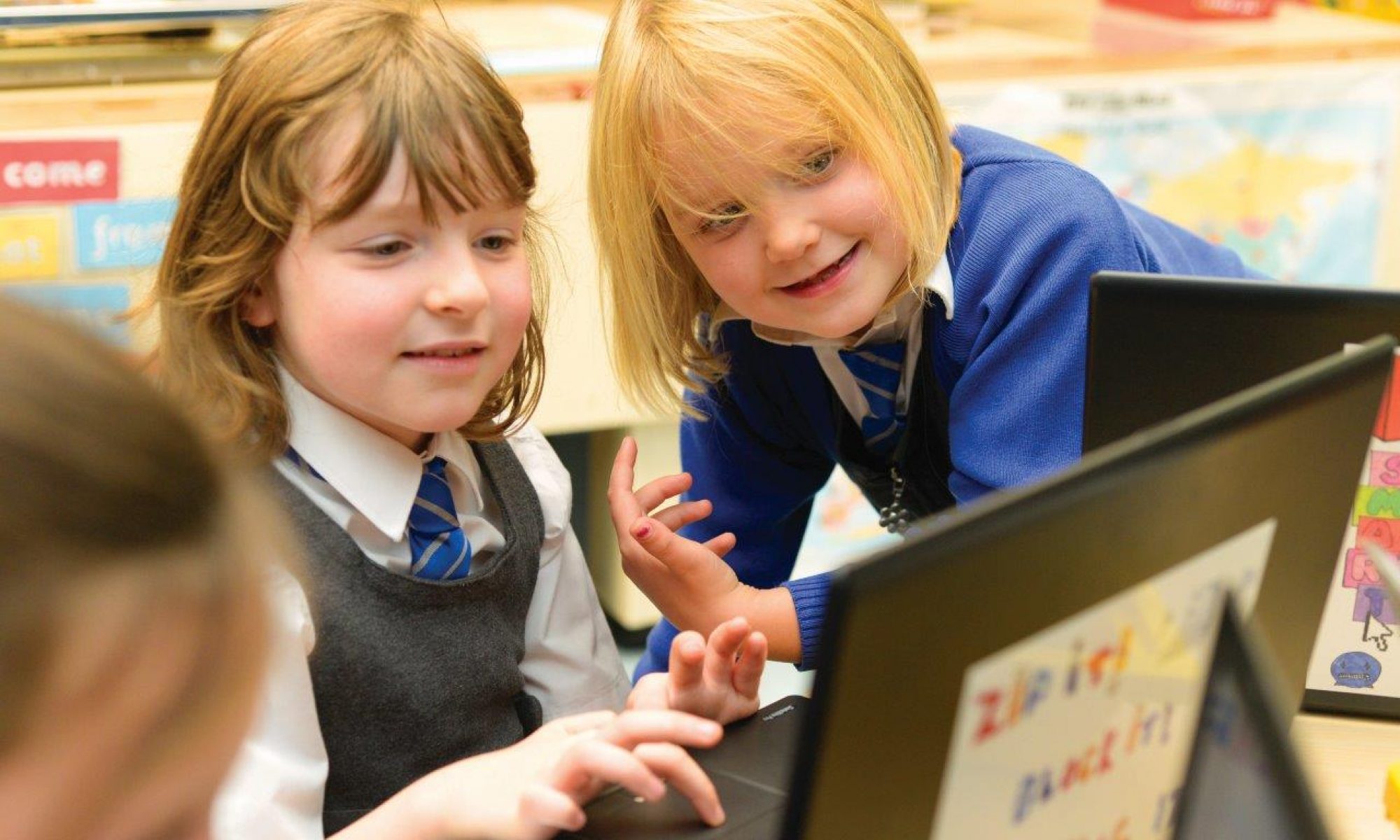Good morning parents and children,
Keeping safe and handwashing
Children want to feel assured that their parents and carers can keep them safe. One of the best ways to achieve this is by talking openly about what is happening and providing honest answers to any questions they have. Explain what is being done to keep them and their loved ones safe, including any actions they can take to help, such as washing their hands more often than usual.
Below is a link to an interactive resource to support and reassure children aged 7 and under, it is designed to help children explain and draw on the emotions that they might be experiencing during the pandemic. It is a lovely short book which provides a child friendly explanation of the COVID virus. You will notice at the end it says ‘while doctors help to find a vaccine’. This, of course, is a little out of date and the good news is that doctors are now ‘working to give everyone the vaccine’.

At school we are, of course, playing our part to ensure your child is safe. When the children joined Reception in September, we dedicated time to teach the children how to wash their hands thoroughly. They learnt the following song and handwashing procedure:
Please revisit this video at home and check your child is washing their hands correctly. Being confident washing their hands on the first day will help give your child a good start and boost self-esteem.
Personal, social and emotional development
Talking about feelings

An important part of your child’s learning is how to express emotions and find solutions to problems. It is worthwhile taking the time to talk to your child about the return to school and explore any worries. Here’s some tips on how you can explain feelings to your child in a way they’ll understand so they can learn to manage them.
Be Aware
To support your child with their emotions, begin by watching for any changes in their behaviour eg. facial expressions, body language, posture, and tone of voice.
Set a good example by talking about feelings and emotions in order to help your child build a vocabulary of different feelings.
Encourage your child to talk about their feelings and emotions.
Connect with your child
You can use emotional moments as opportunities to connect with your child.
Allow your child to have their feelings without dismissing, disapproving or avoiding.
All feelings are okay, but not all behaviour is okay.
Listen and tune-in to your child
Your child will feel more secure when they are allowed to express their feelings.
Take time to stop, breathe and get curious.
Tune-in to the feelings underneath your child’s behaviour.
Take 5 long slow breaths to help you feel calm.
Check what’s going on for you. Has your child’s behaviour touched a nerve for you? Has it made you feel frustrated? Angry? Scared? Helpless?
Name your child’s feelings out loud
Your child will feel more secure when their feelings are heard.
Naming emotions helps to soothe and regulate your child’s brain.
Ask, rather than telling, them how they are feeling. If they’re not sure, offer suggestions for them to consider.
Set limits and problem solve together
You can allow all of your child’s feelings while still setting clear limits on behaviour.
Corrections should only be put in place when feelings have been acknowledged and when everyone is calm.
Where possible involve your child in problem solving, especially as they get older.
Think ahead about tricky and potentially overwhelming situations and be prepared to help child through them. Please let me know if I can help in any way. Send a message via the School Office of through Tapestry.
Letters and Sounds
Revisiting the Phase 3 Sounds
Revisit the sounds learnt at the end of last term and during this lockdown home schooling period. They are all listed below. I have also posted cards on the Memo section of Tapestry. You may like to print these if you have a printer available. The pack includes a ‘match the picture to the sound’ game.

Play splat the Sound

This is a popular game we’ve played before using the word bags. However, it can be adapted to revisit sounds.
You will need:
Sounds listed above. You can just jot them down on separate pieces of paper.
Something to splat the words eg. wooden spoon or your child can just use their feet.
What to do:
Spread out the sounds on the floor.
Call out the sounds.
Ask your child has to stamp on the sound, or hit the sound with the wooden spoon.
Swap places with your child and ask your child to call out the sound.
Play countdown

Again, this is a game we’ve played before whilst learning to read words.
You will need:
Sounds as above and a timer
Explain to your child that the object of this game is to say as many sounds as possible before the timer signals ‘stop’. I suggest perhaps 1 or 2 minutes.
Repeat the game, the objective is for your child to beat their last score.
For extra challenge
Being able to recall what the sounds look like and writing them down is the next step. If you feel your child is super confident recognising and saying the sounds, play ‘count down’ by calling out the sounds and asking your child to write as many sounds as they can before the timer signals ‘stop’.
Wishing you all a fabulous day.
Nicola Palmer

